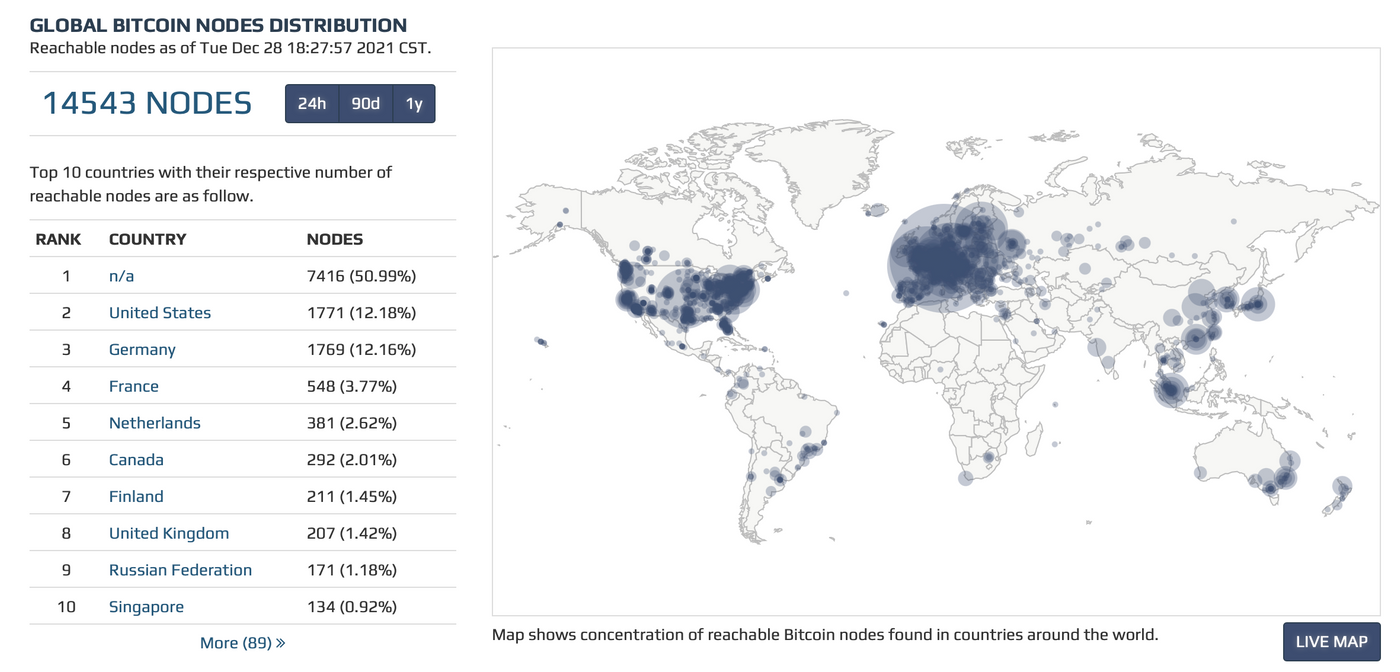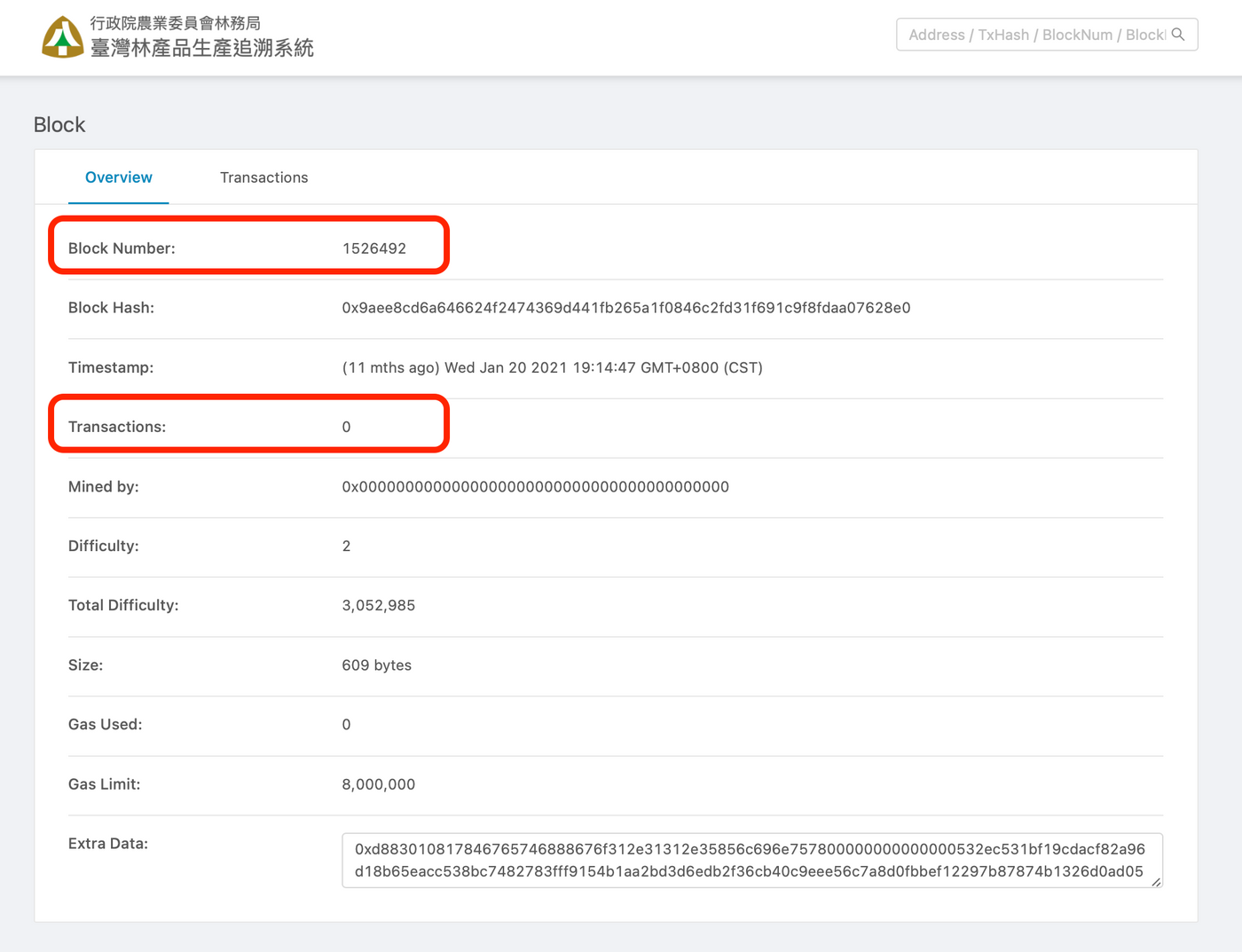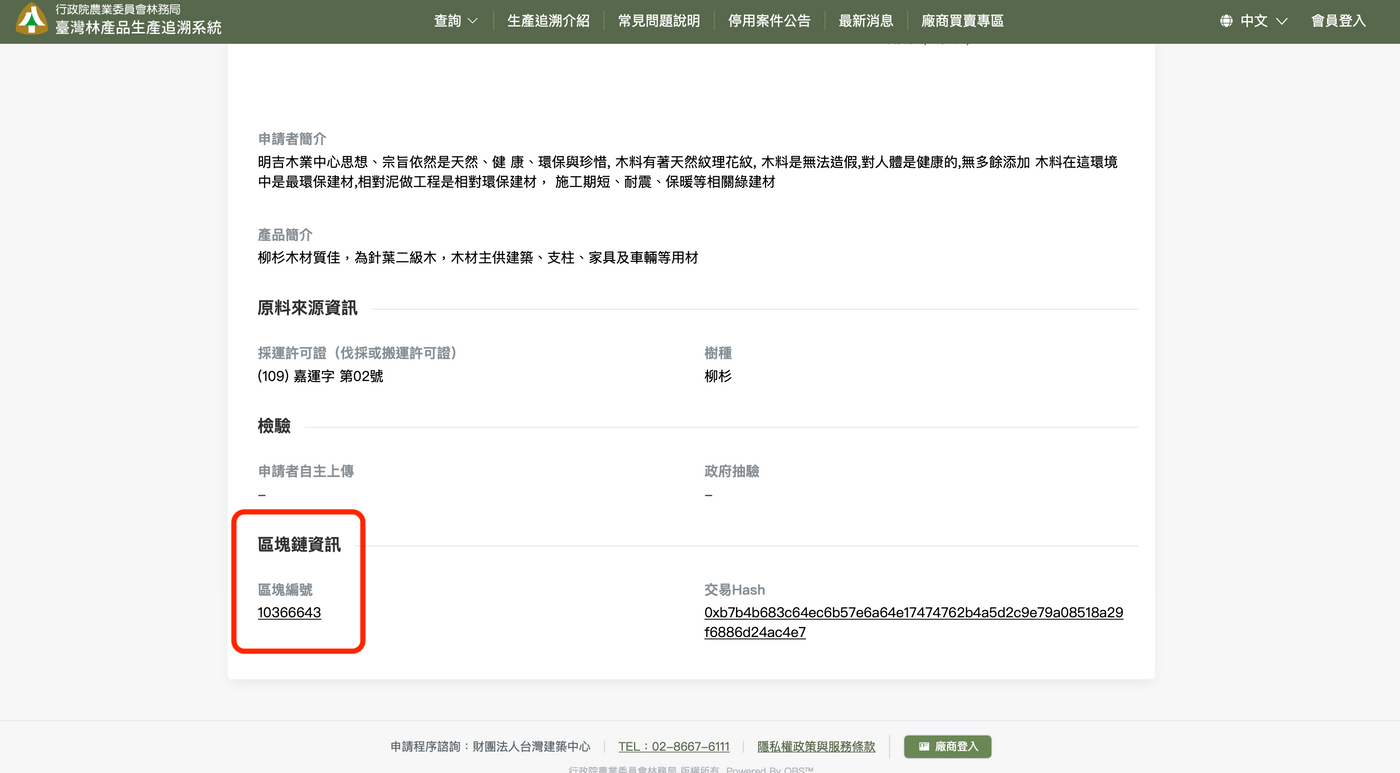Why do you say that private chains have no credibility? Take the Forest Service's "dictatorial" blockchain as an example
This article uses the Forest Service's "Taiwan Forest Products Production Traceability System" as a living textbook to explain why some people say that private blockchains are not as secure as public blockchains.
Public and private chains
The concept of public blockchain and private blockchain is similar to public land (such as parks) and private land (such as homes). The former does not require access (permissionless), that is, without anyone's permission, anyone can enter the park at any time. The latter requires consent to enter.
In the field of blockchain, the same distinction is made.
The public chain means that everyone can become the recorder of data (or transactions) without anyone's permission, just like entering a park. On the other hand, the private chain requires the permission of the administrator to obtain the qualification to write data on the blockchain.
The vast majority of blockchains that people have heard of, such as the Bitcoin blockchain (Bitcoin) and the Ethereum blockchain (Ethereum), belong to the public chain. These public chains are blockchain systems jointly operated by netizens who do not know each other on the Internet in order to obtain cryptocurrency mining rewards. Therefore, they are also called miners.
The picture below shows that while I am writing this article, there are 14,543 Bitcoin nodes (miners) around the world working together to maintain the operation of the Bitcoin blockchain. The darker the color, the denser the miners are. These 10,000-plus miners rely on a consensus mechanism to collectively decide which transactions will (or will not) be recorded on the blockchain.

If a hacker sends a malicious (or erroneous) transaction in an attempt to disrupt the system, other nodes will find that the transaction data is faulty and reject the transaction from being written to the blockchain. In other words, miners will check and balance each other.
But the Forest Service blockchain to be discussed in this article is a private chain.
It is not operated jointly by miners on the Internet, but by a single government unit or contractor. Private chains do not have an incentive mechanism for cryptocurrency mining, and there will be no miners who want to join the ranks of operating blockchains. With a blockchain with only a single bookkeeping party, the biggest problem is the player and referee.
In the most extreme example, like the Forest Service blockchain this time, even the billing party is not disclosed (maybe only the Forest Service or the builders themselves). If the bookkeeper sends the wrong transaction, no one else can check and balance it, just like a "dictatorship" system on the chain.
Dictatorships seem to be efficient because there is no need to convince others. But lack of checks and balances, the ultimate problem is that the system is not aware of mistakes. The Forest Service blockchain's "dictatorial" system has the same problem.
Forest Service Questions
The picture below is the home page of the " Taiwan Forest Products Production Traceability System " contracted by the Forest Service to manufacturers. Users must first click "Query" to see the transaction records of forest products that have been registered in the system.

According to the system contract document issued by the Forest Service, the reason why the government wants to build this traceability system is to integrate the transaction data of buyers and sellers of forest products and record the complete flow of products in the supply chain on the blockchain.

The ideal situation is that consumers can scan the QR code on forest products (such as log furniture) to find out which forest farm this piece of wood was originally felled from and what treatments it has undergone through the traceability system before it finally becomes what they are. This forest product.
This is the same as labeling the origin of the meat. The difference is that the Forest Service hopes to record traceability data on the blockchain (to avoid data tampering), rather than in a general database. But the question is, who wants to tamper with the traceability of wood?
I wrote an article a while back that no one wants to tamper with timber production history. When I went to the Forestry Bureau to record a podcast interview, the section chief also personally confirmed that the current price of Taiwanese timber in the market is not relatively high. Since no one wants to tamper with the production history of wood, why build a tamper-proof system with blockchain?
Not only is there a problem with the starting point of the Forest Service building the system, but even the blockchain system that has been built for two years is still full of loopholes in use. Among them, the two most serious problems are:
- The data is inconsistent in the foreground (Forest Service website) and the background (blockchain)
- The block number sequence of the blockchain itself is out of order
The severity of these two problems is comparable to that of a computer where even simple operations of 1+1=2 can fail, let alone more complex functions. Discuss separately below.
Data inconsistency
Take the product traceability code 1303000028 as the last data on the first page of the "Taiwan Forest Products Production Traceability System" as an example.
The Forest Service website states that the forest product traceability data will be written in the block number 1526492 , and the transaction hash (data serial number) is 0xb0b1e1ef42bab7e925c1dd3896e15ef4ad9e9b6b973f0d08c5b019c88cd2a131 .

But in fact, clicking on the block number 1526492 shows that no data is recorded (the number of Transactions is 0).

Using a notebook as an analogy, this is like a document numbered 0xb0b1e1ef42bab7e925c1dd3896e15ef4ad9e9b6b973f0d08c5b019c88cd2a131 that it was recorded on page 1526492 of the notebook.
But in fact, people turned to the page 1526492 and found that it was completely blank, and there was no record on it. This is the problem of inconsistency between the front-end (Forest Service website) and the back-end (blockchain data) of the Forest Service system.
This is not an exception. If you are interested, you can also find the same problem in the product traceability source code 1303000029 , 2005000025 , 2005000013 . If you look carefully, you may find that the error rate is quite high, and you can catch bugs at will.
If you already think this system is ridiculous enough, the more exaggerated is yet to come.
Block numbers are out of order
Blockchain, as the name suggests, is to "chain" independent blocks of each other in software engineering. Using a notebook analogy, each block is like the inner pages of a loose-leaf notebook, and the page numbers start from 0. The chain is like the buckle of a loose-leaf notebook, making each block interlocking.
The common sense in the industry is that the smaller the block number, the older the data. The larger the block number, the closer the data time is to the present. The block number from small to large is the basic common sense of the blockchain. Unexpectedly, the block number of this blockchain set by the Forest Service could not even increase the most basic from small to large, but the block number would jump randomly.
The following figure is the page of product traceability source code 1303000161 . The traceability data of this forest product is recorded in block number 10366643 .

If you actually click on the block number 10366643 , you will find that the timestamp of this block is November 23, 2020, which is 13 months before I wrote the article on December 28, 2021.

But the problem is that the latest block on the blockchain at 7:35 pm on December 28, 2021 when I wrote the article was only numbered 10029426 .
Anyone who knows a little about the blockchain can definitely see at a glance how big the problem is with this system.
Since the current block number is only 10029426 , why is the block number 13 months ago written as 10366643 ? I can't think of a second reason to explain this paranormal phenomenon other than the chaos of the blockchain system.
Even the block number will be confused, who can believe that the information on the blockchain system is correct? The records on the blockchain are all valuable assets. If the system can be randomly disordered, it will completely lose the meaning of using the blockchain to record data.
Issues with Forest Service Private Chains
This incident presents two major problems with the Forest Service’s private blockchain:
- Private chain has no checks and balances
- The Forest Service itself doesn’t understand blockchain
If the same problem occurs in the public chain, I believe that the currency price of that blockchain has long since returned to zero. After all, who would dare to put money on such a system with disorganized information? In the private blockchain, only the Forest Service is keeping accounts, and no one will find out if it is wrong. This is the biggest problem of "dictatorship".
Second, the system has been wrong for at least a year, according to blockchain records. But the Forest Service itself may have no idea what the correct operation of the blockchain looks like, and it will be difficult to find out what is wrong with the system made by the manufacturer. I believe that both private and public chains have their own uses and shortcomings.
This article just uses the Forest Service’s system as an example to point out the problems that can arise with private chains. If you can help the Forest Service debug this system to find more problems, or confirm the existence of these problems in the message area, I believe that the government will be able to face and face up to these problem systems that cost people's tax dollars to build. .
Like my work? Don't forget to support and clap, let me know that you are with me on the road of creation. Keep this enthusiasm together!






- Author
- More